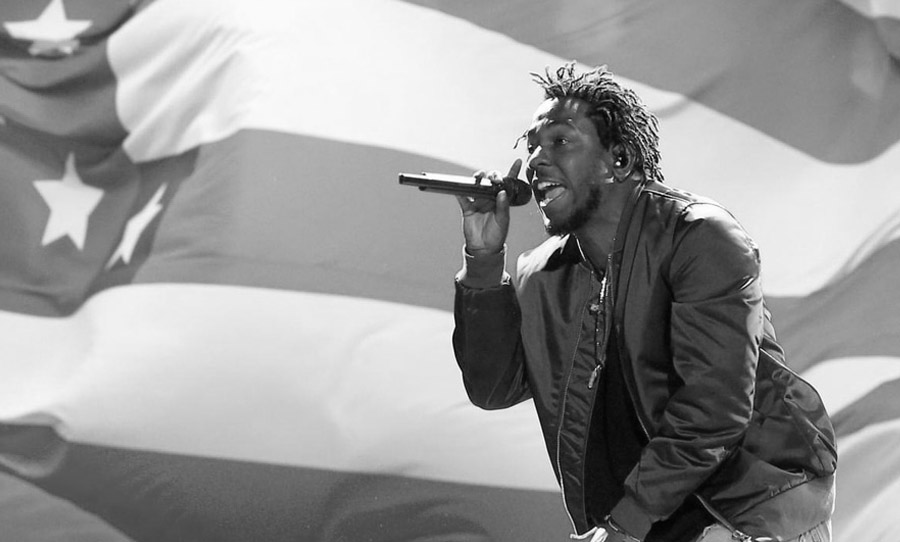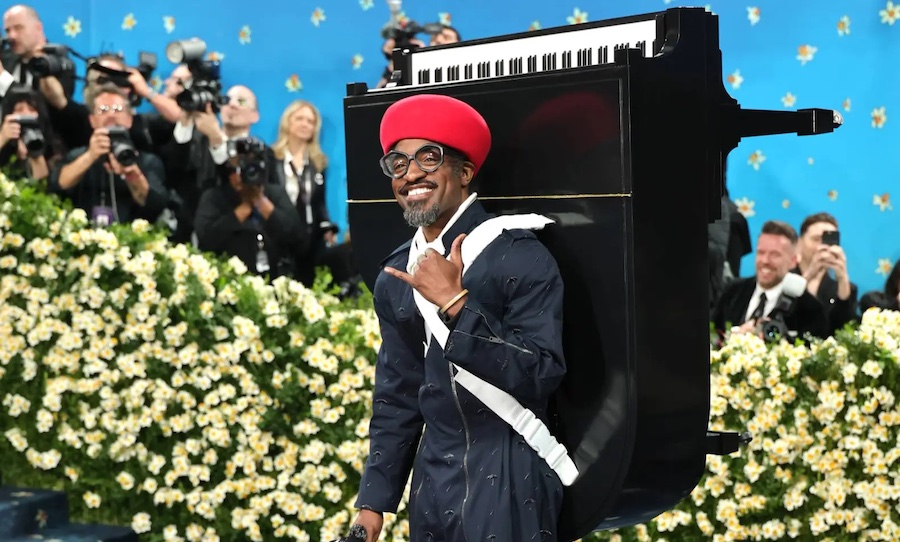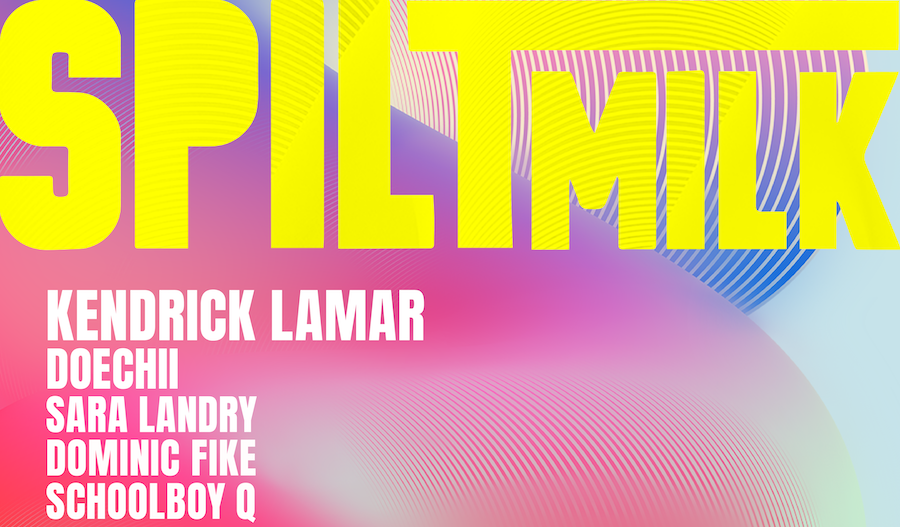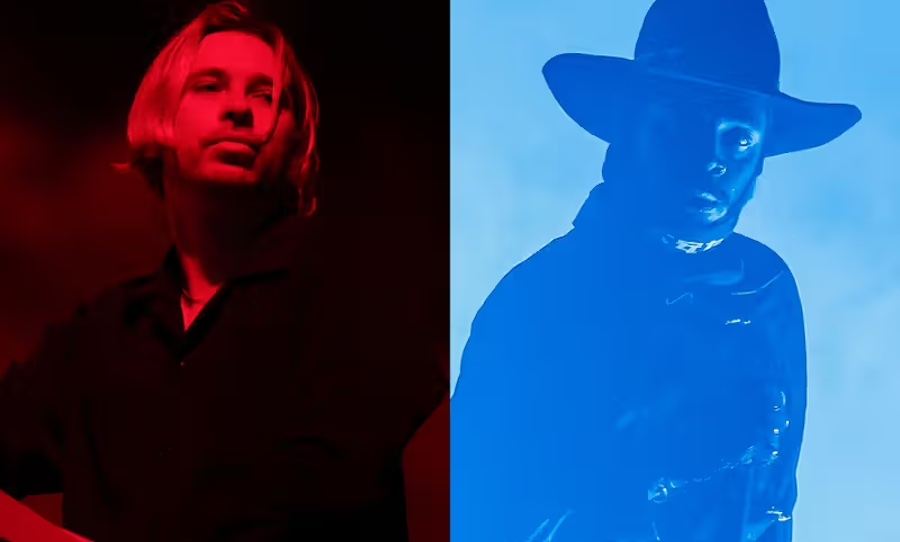We take a look back at Kendrick Lamar’s To Pimp A Butterfly, one of hip-hop’s most unique, stylistically diverse, and dense records.
Kendrick Lamar’s To Pimp A Butterfly, released in 2015, is one of hip-hop’s densest albums ever. It’s also one of its most colourful. Packed with evocative samples and virtuosic performances, TPAB took a maximalist approach to the genre, sprawling with nods to bebop, ’70s funk, spoken word, neo-soul, and, of course, west coast hip-hop.
The album is rightfully remembered today as one of hip-hop’s most rewarding albums, a record showcasing a lineage of Black music from Miles Davis to James Brown, to Jay-Z, and a host of contemporary artists. Read on to delve into its creation — a process that involved scrapping two-to-three albums worth of material to get to the final product — and performances from Thundercat, George Clinton and Robert Glasper, as well as production from Dr Dre, Flying Lotus and Pharrell.
Doin’ it live
One of the main things that made To Pimp A Butterfly sound so unique was the way it incorporated more live musicians than it did samples. Inspired by the sounds of Parliament/Funkadelic, the main production team of Lamar and Derek Ali (who also produced Lamar’s 2012 album Good Kid, M.A.A.D City and 2011’s Section.80) recruited some of the biggest names from not only the world of hip-hop, but neo-soul, electronic music and jazz.
The result is an organic overall tone, but also a density of sound, as virtuosic musicians like Thundercat and Robert Glasper play with freedom over the changes in the songs. This is probably best explained by the album’s opening few tracks. After sampling Boris Gardener, Wesley’s Theory shifts into a hectic tempo with a hyperactive, envelope-filtered bass part, improvising freely over the beat and even competing to take the lead from the vocals at moments like 1:40.
Produced by Flying Lotus, the track is reminiscent of his colourful and grid-free production — see his tracks like Never Catch Me, which also features Lamar and Thundercat. After cycling through lyrically dense hooks, samples and a feature from Dr Dre, the album shift gears again into For Free? (Interlude).
Titled an interlude, the song is hardly a break from the chaotic opening track. Instead, howling brass and a ripping drum solo launches the listener into an uptempo bebop number with a monologue spoken by Darlene Tibbs, which is reminiscent of Otis Redding and Carla Thomas’ Tramp as well as groups like The Last Poets.
As the band (including Kamasi Washington on baritone sax and Robert Glasper on piano) drop-down, Kendrick weaves lightning-fast lines in between the refrain “this dick ain’t free“. While continuing the play on the word “pimping” as exploitation and transformation, his approach to his vocal part is more like an instrumental solo than a verse. Lamar takes the melody off onto tangents and hooks us back in with the opening riff.
For Free fades quickly into the opening drum fill of the album’s first real hit, King Kunta. With its unforgettable syrupy bassline and grimy drums, we’re immediately taken into a new world again: that of west coast hip-hop. Producer Sounwave adds quirky percussion and the song is packed with off-the-cuff hooks, including a nod to Michael Jackson‘s Smooth Criminal.
Thundercat’s bass fills and session guitarist Marlon Williams’ guitar parts provide the song with a vital energy. For a similar effect, Lamar and co. also chose to recreate samples rather than splice them in, including the “We want the funk” hook sampled from Ahmad’s track of the same name, which, coincidentally, resulted in Redfoo (who produced Ahmad’s track) getting a songwriting credit on the song. The strategy of re-recording samples for a live effect is also employed on i, which interpolates The Isley Brothers’ That Lady (Part 1) and simulates a live concert.
Diverse sounds
Though Dr Dre is credited as the executive producer on To Pimp A Butterfly, Ali told Sound on Sound that it was Lamar who had the vision for where the album would go:
“It’s almost crazy watching him, because he knows exactly what he wants. Big names mean nothing to him. He may listen to the way someone sings or plays, and if he likes it, he’ll incorporate that into his project, but in a way that fits his vision…”
Apart from his sheer determination in working through 60 to 80 tracks, one of Lamar’s strengths on To Pimp A Butterfly is pulling a diverse range of producers and their styles into a coherent whole. To do this, Lamar’s collaborations were often done in person, rather than by the usual means of having beatmakers send beats over to the studio.
Likewise, Ali preferred to keep things feeling natural by mixing using analogue gear rather than the computer. In fact, the tactile feeling it gives him makes him feel like he can be a performer himself and brought him closer to Lamar throughout the process.
Ali was Lamar’s right-hand man throughout the making of To Pimp A Butterfly and found ways of breaking down the traditional barriers to make the entire process feel more free and collaborative for everyone. As he told Sound On Sound:
With Kendrick, it’s all about feeling. If it doesn’t feel good, it’s not going to work for him.” And further, “Kendrick understands this, and he may be midway through recording a verse, and he’ll then ask me to try something, like ‘Can you add some flanging, or some panning, or something else crazy? “
Other producers on the album include Knxwledge, who contributed the beat for Momma. Hood Politics samples Sufjan Stevens‘ All For Myself, and How Much a Dollar Cost, voted the best song of 2015 by Barack Obama, with its echoes of Radiohead’s Pyramid Song. Pharrell’s production on Alright adds more colour with undiscovered samples used on his own tracks.
In fact, a lot of To Pimp A Butterfly is self-referential, drawing on other parts of itself, like in the spoken word passage starting at the beginning of These Walls, which gets longer every time it is repeated throughout the rest of the album. Other examples include Alright, which samples elements of Wesley’s Theory, and Momma, which samples the Big Sean track (with Kendrick’s famous guest verse) Control.
To Pimp a Butterfly has already garnered Lamar the first Pulitzer Prize awarded to a rapper, as well as multiple Grammy nominations and wins. It will be remembered for years to come for its direct yet diverse artistic vision and its effortless encapsulation of musical freedom, with Kendrick Lamar at the centre of a kaleidoscopic array of talent and influences.



